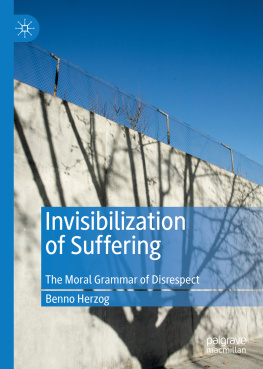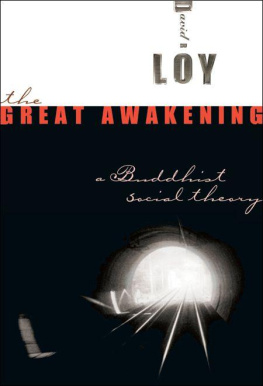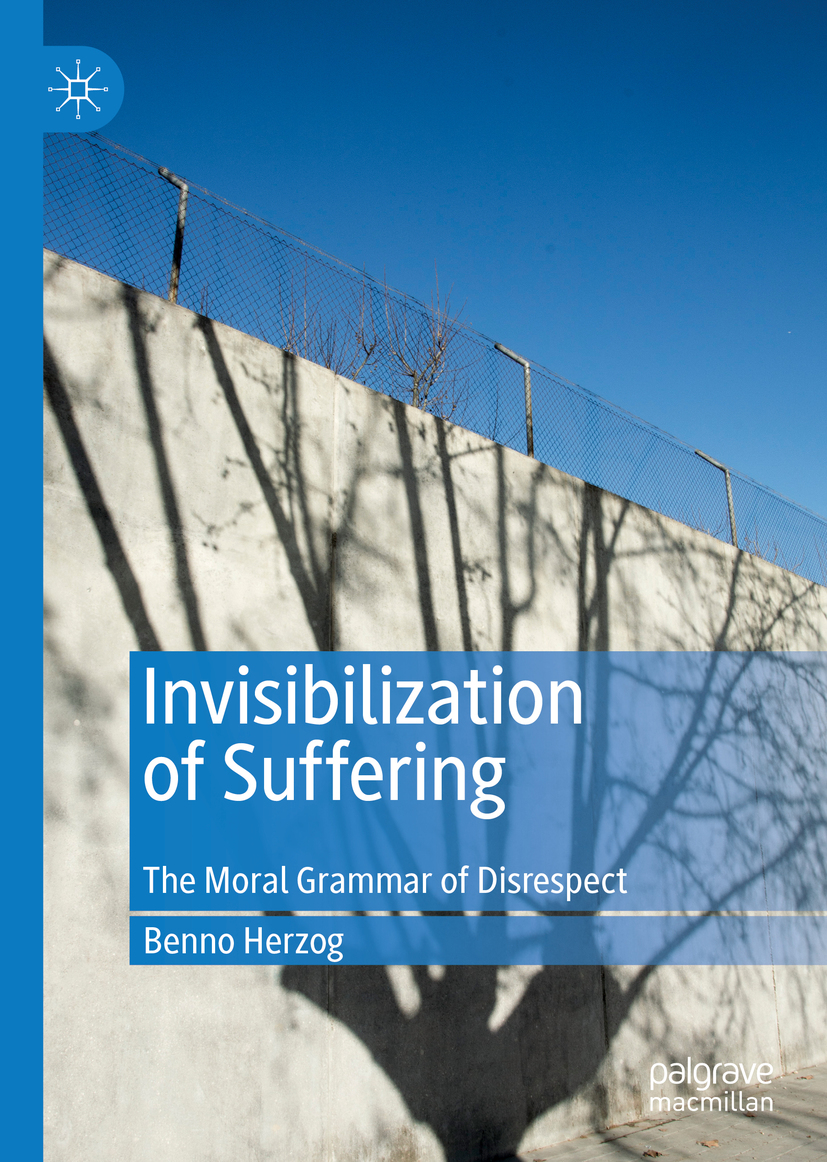Benno Herzog
University of Valencia, Valencia, Spain
ISBN 978-3-030-28447-3 e-ISBN 978-3-030-28448-0
https://doi.org/10.1007/978-3-030-28448-0
The Editor(s) (if applicable) and The Author(s) 2020
This work is subject to copyright. All rights are solely and exclusively licensed by the Publisher, whether the whole or part of the material is concerned, specifically the rights of translation, reprinting, reuse of illustrations, recitation, broadcasting, reproduction on microfilms or in any other physical way, and transmission or information storage and retrieval, electronic adaptation, computer software, or by similar or dissimilar methodology now known or hereafter developed.
The use of general descriptive names, registered names, trademarks, service marks, etc. in this publication does not imply, even in the absence of a specific statement, that such names are exempt from the relevant protective laws and regulations and therefore free for general use.
The publisher, the authors and the editors are safe to assume that the advice and information in this book are believed to be true and accurate at the date of publication. Neither the publisher nor the authors or the editors give a warranty, express or implied, with respect to the material contained herein or for any errors or omissions that may have been made. The publisher remains neutral with regard to jurisdictional claims in published maps and institutional affiliations.
Cover illustration: Susana Parra Beneyto
This Palgrave Macmillan imprint is published by the registered company Springer Nature Switzerland AG.
The registered company address is: Gewerbestrasse 11, 6330 Cham, Switzerland
To all debased, enslaved, abandoned, despicable beings.
Preface
Recently, references to invisibility seem to be omnipresent in the cultural, political and academic fields. Those who frequent museums of modern art will have noticed a growing number of expositions that treat the topic of invisibility; this month, I found in my hometown a whole art festival, including dancing, architecture and several workshops, pertaining to the umbrella topic of invisibility. Additionally, at my university this month, an event took place on the invisibility of the LGBT collective, and another event took place on the invisibility of lesbian love. A few days ago, a colleague bestowed upon me a book, the cover of which was a painting from a series called Door to the Invisible. The book was about design and lamented the invisibility of design in the field of aesthetics. In addition, while reading the newspaper this weekend, I came across an interview with a journalist who noted the problem of the invisibilization of female and lower-class experts in the media.
Many more examples could be provided in which invisibility is used as a new key term for describing situations of all types of social problems related to inequality, marginalization and exclusion. What all these usages have in common is that they are concerned, on a descriptive or analytical level, not only with epistemological questions of what can and what cannot be perceived. Almost all those who currently use the terms invisibility and invisibilization to describe social phenomena do so with the conviction that invisibility is a social problem. They share the common understanding that invisibility should not exist and that the mere fact that something is invisibilized must motivate action to overcome this circumstance. Invisibility is, thus, used as a descriptive as well as a normative concept, a concept that represents a negative phenomenon that should be abolished or alleviated in some way. Therefore, we could say that invisibility as a problemin contrast to a mere physical description of the invisible and not (yet) perceivablepoints towards some sort of discomfort or suffering. Moreover, this invisibilized discomfort and suffering, as well as the suffering produced through invisibilization, turn invisibility into a normative concept that points ultimately to the abolition of suffering.
However, given the sheer number of political, artistic, scientific and journalistic treatments of invisibility, we have to wonder whether there is perhaps nothing as currently visible as invisibility. Is there perhaps a hyper-visibilization of invisibility? Is invisibility merely the new buzz word, helping only usacademics, artists and journaliststo be heard in the struggle for academic and public recognition andwhy notto gain visibility ourselves? If invisibility is truly intended to be more than a mere trendy term, then its value as a key term must be proven. It must be proven that the term helps us to expand our understanding of social problems and to develop a disclosing critique of situations of social suffering.
To facilitate the development of a critical theory of invisibility, this term must be conceptualized as a critical, normative concept: a concept related to suffering and to the overcoming of suffering. At the same time, we must analyse the conditions of its growing popularity as a sociological concept and its prominent usage. And finally, we must be critical of visibilization as an automatic response to the invisibility of suffering or the suffering from invisibility.
Thus, the main objective of this proposal is to offer a comprehensive theory of invisibility as a critical sociological concept.
To address this objective, I will develop my argument throughout the book. In the first chapter, I start with social suffering, that is, a normative phenomenon that points towards its own abolition or alleviation. It is this phenomenon that renders invisibilization highly problematic, as the invisibilization of suffering seems to oppose our ability to overcome this suffering. In the second chapter, I explore several ways in which invisibilization works and how it can even produce more suffering. At the same time, I take a critical stance towards visibilization. This chapter will show that certain types of visibilization can also produce or reinforce social suffering. The last chapter is perhaps less systematic and more mosaic and fragmented in nature. It treats the question of how we can conduct practical research on the invisible, the silent and the absent. Given that invisibility has many faces, the relevant research must also be diverse and flexible.
Despite the connections among the arguments of the three chapters, the chapters of this book can also stand alone. As a central phenomenon in modern societies, suffering relates to almost all critical sociological work. Additionally, as a general and powerful process that impedes access to our objects of inquiry, invisibilization is of interest not only to those working on suffering. Finally, methodological advice for research on the invisible or hidden is helpful to all empirical social researchers in bringing forward new and unexpected findings.











